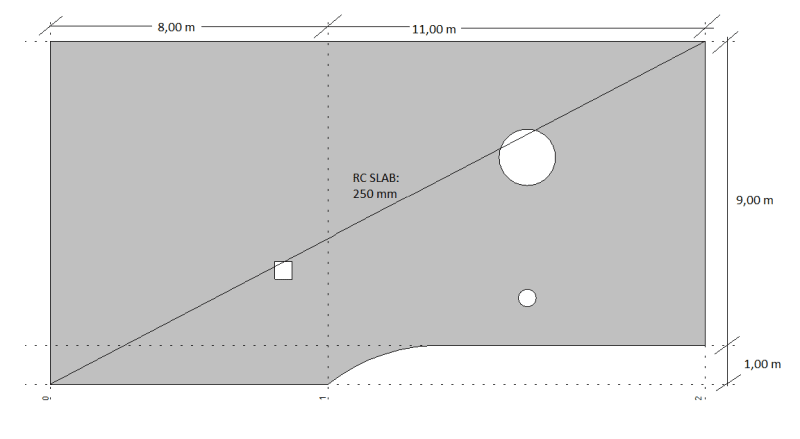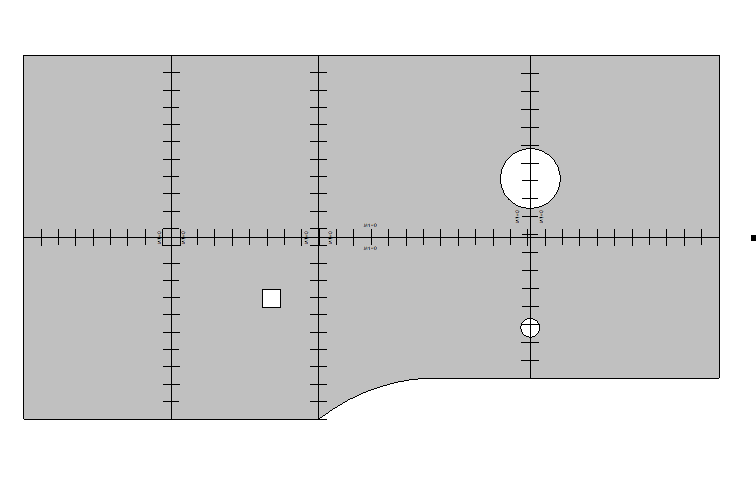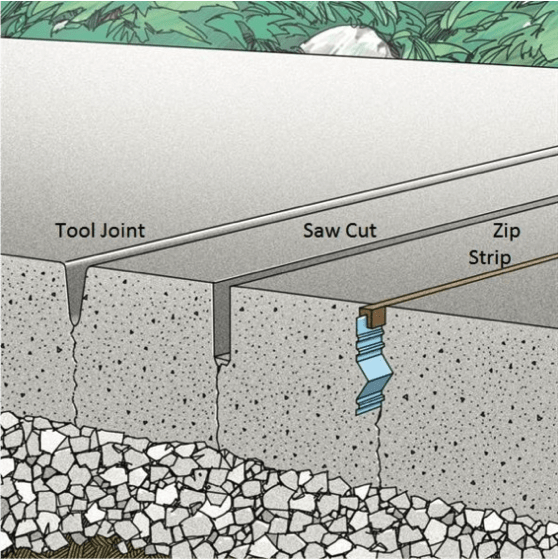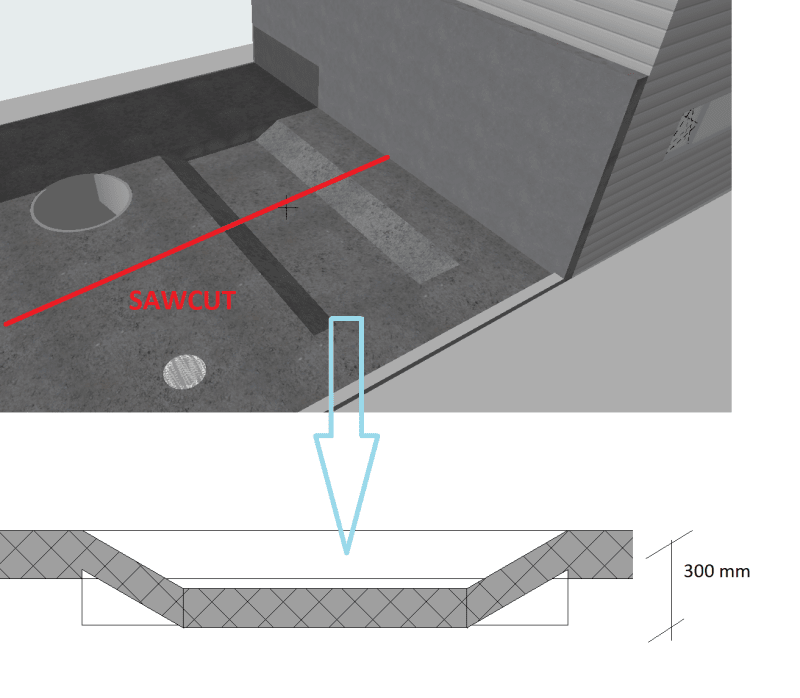The RC slab will be exposed to the weather (parking lot + foundations for containers).
Slab will be 250 mm thick. Since it is prety large there I suspect there should be some dilatations,
so there will be some cracks control?
This is what I have in mind:



What do you think?
Slab will be 250 mm thick. Since it is prety large there I suspect there should be some dilatations,
so there will be some cracks control?
This is what I have in mind:



What do you think?

